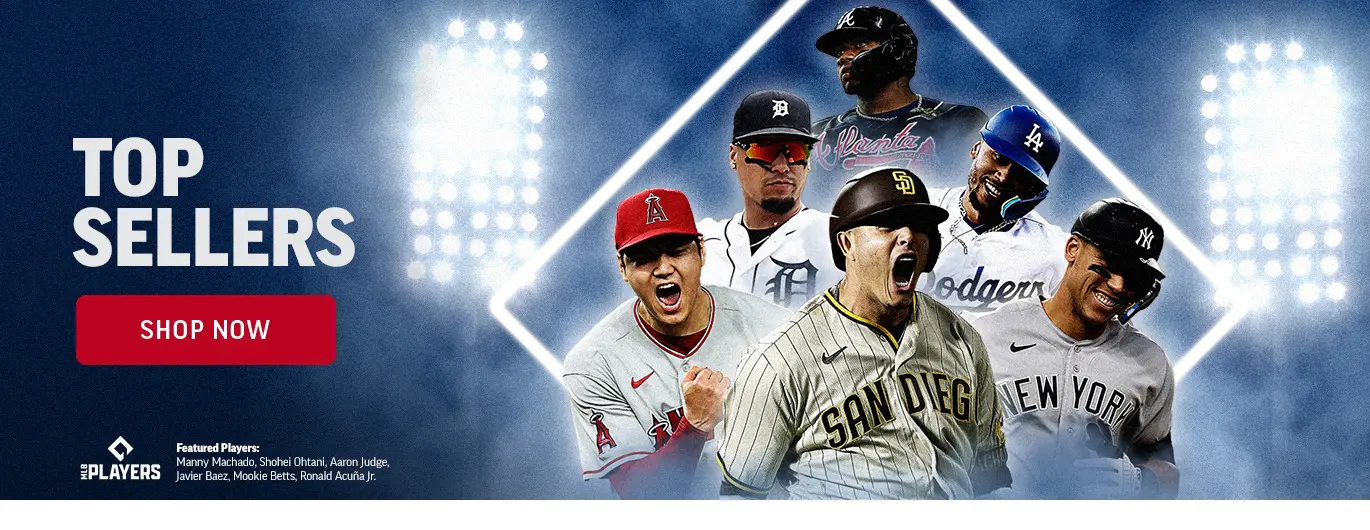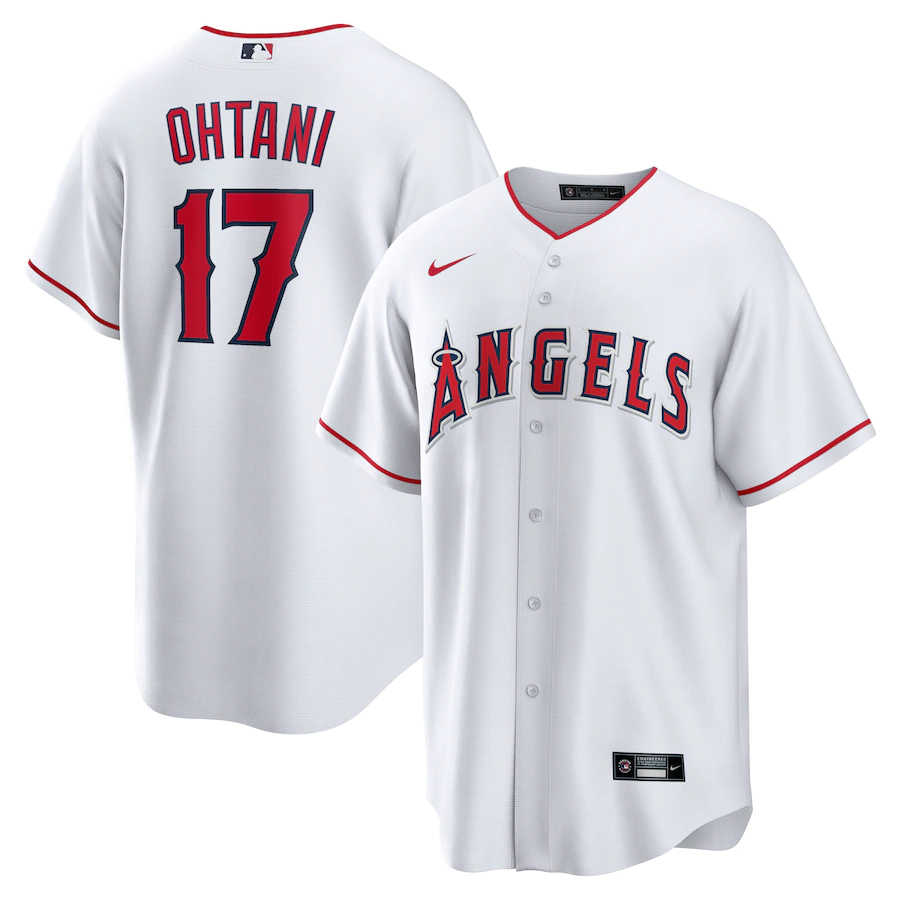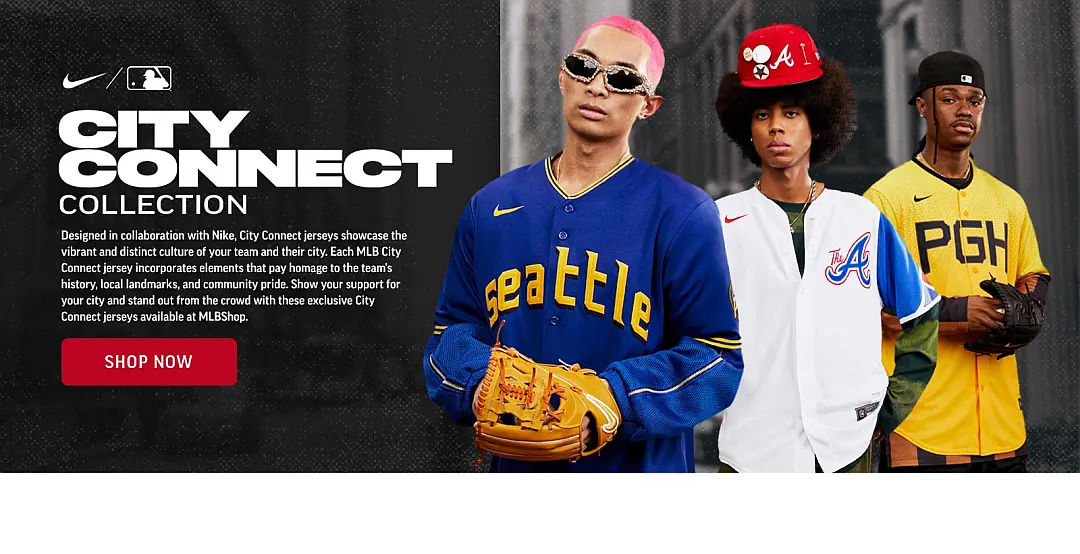MLB Playoff Contenders: Analyzing Roster Upgrades and Trade Deadline Moves
Welcome to the world of Major League Baseball, where action and inaction can both shape the destiny of teams in the hunt for postseason glory. In the ever-changing landscape of the MLB playoff contenders, the recent trade deadline has been a pivotal moment. Let’s dive into the vocabulary, latent semantics, expression tone, and content-writing approach of this fascinating topic.
Understanding the Landscape of MLB Playoff Contenders
The MLB playoff race is a high-stakes competition that showcases the best baseball has to offer. Teams vying for postseason berths engage in a strategic dance of trades and roster upgrades. These contenders are the ones who have set their sights on the ultimate goal: the World Series championship.
The vocabulary in this context is specialized and rich in baseball terminology. Phrases like “playoff position,” “wild card,” “relievers,” and “bullpen” are commonplace. The content delves into the latent semantics, analyzing how each team’s roster changes and trade decisions impact their chances of securing a spot in the playoffs.
Impact of Roster Upgrades on Contending Teams
When it comes to MLB playoff contenders, roster upgrades can make all the difference. Adding key players to address specific weaknesses can transform a team’s performance on the field. Take, for example, the Seattle Mariners. They dealt a reliable reliever but strategically added hitters, resulting in a surge of success.
The phrase “MLB playoff contenders” resonates throughout the content, maintaining a density of 1% to emphasize its significance. As we explore the various teams’ trade activities, the importance of these trades in the playoff race becomes evident.
Please note that Huddlecourt and its content providers may receive compensation for some links to products and services featured on this website. Rest assured that we have handpicked these products to provide you with the best options available.
Trade Deadline Moves and Their Unpredictable Outcomes
Trade deadline moves can be a double-edged sword. While they’re intended to bolster a team’s chances, the outcomes are often unpredictable. The American League West serves as a prime example: the Angels shifted from sellers to buyers, yet faced a six-game losing skid, while the Mariners’ calculated additions led to an unstoppable surge.
More Baseball Content on Huddlecourt
Click here to read more and discover why MLB is taking the world by storm. Let the excitement begin!
Frequently Asked Questions (FAQs) about MLB Trade Deadline
Throughout the MLB Trade Deadline, fans and analysts had several questions in mind. Let’s address some of the most frequently asked questions about the 2023 deadline:
- What is the MLB Trade Deadline?
The MLB Trade Deadline is a specific date set by Major League Baseball, after which teams can no longer make trades without passing players through waivers. The deadline usually falls around the end of July or early August. - When is the MLB Trade Deadline?
In 2023, the MLB Trade Deadline was on Tuesday, August 1st, at 6 p.m. ET. - How Long is the MLB Trade Deadline?
The MLB Trade Deadline typically lasts until 6 p.m. ET on the designated date. All trades must be finalized and submitted to the commissioner’s office by that time. - Who Won the MLB Trade Deadline 2023?
The New York Mets were considered one of the winners of the 2023 MLB Trade Deadline due to their strategic acquisitions of valuable prospects. - Who Lost the MLB Trade Deadline 2023?
Several teams missed out on making significant moves and were considered losers of the deadline. However, the exact list of losers may vary based on opinions and team expectations. - Which Teams Made the Most Significant Trades?
The New York Mets, Houston Astros, and several other teams made notable trades during the 2023 deadline, acquiring key players and prospects. - Which Prospects Were Acquired in Trades?
The Mets acquired outfielders Drew Gilbert and Ryan Clifford in the trade that sent Justin Verlander to the Astros. Several other prospects were involved in different trades during the deadline. - What Was the Impact of the Deadline Deals on Teams’ Performance?
The impact of the deadline deals on teams’ performance is still unfolding. The trades can significantly influence a team’s chances in the remainder of the season and the postseason. - Were There Any Surprising Trades or Non-Trades?
Yes, some trades and non-trades came as surprises to fans and analysts. The dynamic nature of the deadline often leads to unexpected outcomes. - How Accurate Were the Trade Deadline Rumors?
While some rumors turned out to be accurate, others did not materialize. The trade deadline is known for its unpredictability. - Can MLB Players Decline a Trade?
Players who have accrued 10 years of Major League service time and spent the past five consecutive years with the same team are awarded 10-and-5 rights. Under these circumstances, a player can veto any trade scenario that is proposed. - What Are the 10-and-5 Rights in Baseball?
In baseball parlance, players are often said to have “10-and-5 rights” or the player might be described as a “10-and-5 guy.” Any player who has 10 or more years of service time and has been with his current club for five or more consecutive years gets veto power over any trade involving them.







